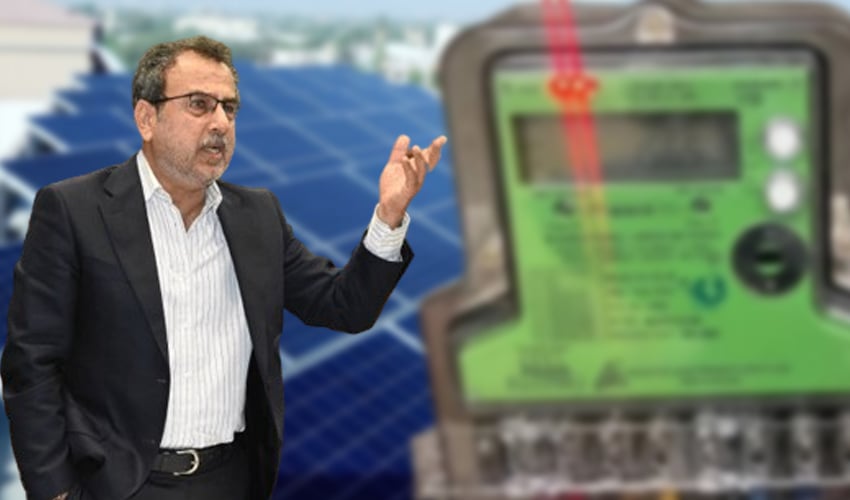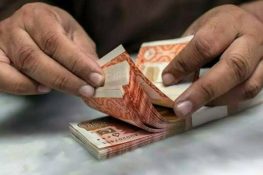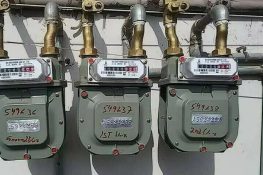Major Relief for Low-Income Electricity Users
Pakistan’s federal government has announced a significant reduction in electricity prices for households consuming less than 200 units per month. Federal Energy Minister Owais Leghari told the National Assembly that tariffs for this category will drop by up to 60 percent, providing what he described as “substantial relief” for low-income families.
The decision aims to shield vulnerable consumers from the financial strain of rising living costs while making electricity more affordable for millions.
How Many People Will Benefit?
According to Leghari, the number of consumers benefiting from the under-200 unit subsidy has increased dramatically. Previously, between 6 and 7 million households fell within this bracket. After the price cut, the figure has risen to 18.3 million consumers, indicating a sharp expansion in the subsidy’s reach.
He said that 18.5 million consumers using up to 100 units each month currently receive a 90 percent subsidy, while those using between 100 and 200 units get up to 70 percent.
Extra Power Capacity and Current Supply
The minister also revealed that the country currently has an excess electricity capacity of 7,000 megawatts. The national grid supplies power to around 35 million registered users across Pakistan.
By easing tariffs, the government expects to encourage steady consumption levels and reduce the risk of non-payment due to affordability issues.
Reduction in Cross-Subsidy Burden
Leghari noted that, over the past nine months, electricity tariffs for protected consumers have dropped by up to 58 percent.
In June 2024, the cross-subsidy — the amount collected from industrial users to offset household costs — stood at 255 billion Pakistani rupees. This figure has since been reduced to 94 billion rupees, easing the overall burden on domestic consumers. However, future policy changes could reverse this relief, as seen when electricity bills surged after subsidies ended in Pakistan.
New Tariff Rates and Adjustments
The minister said the overall tariff, including taxes, has dropped from 48.7 rupees per unit to 38.4 rupees per unit. For non-protected users, there has also been a slab-based reduction ranging from 11 percent to 17 percent, ensuring that the relief is spread across all consumer categories.
Broader Economic and Policy Goals
Leghari stressed that the government’s primary objective is to provide relief to the average citizen while stabilizing the energy sector. This includes improving payment recovery rates, reducing inefficiencies in the power distribution system, and ensuring that subsidies are well-targeted.
He argued that by lowering costs for low-use households, the policy also helps maintain social stability and reduce the risk of electricity theft — a persistent issue in parts of the country.
No Special Tariff for Cryptocurrency Mining
When asked about power usage for cryptocurrency mining, Leghari clarified that no separate tariff has been set for such activities. He did not indicate whether this might change in the future but suggested that all high-consumption activities should be billed according to standard commercial or industrial rates.
A Step Towards Energy Stability
This latest move is part of the government’s broader economic strategy to manage inflation and address structural issues in the power sector. By combining tariff cuts with reductions in cross-subsidies, officials hope to balance the interests of households, industry, and the energy market as a whole.
The challenge, however, will be sustaining these price cuts without increasing the financial strain on the sector — particularly given Pakistan’s reliance on imported fuels and the volatility of global energy prices.















